
Gold Diggers – Egidio Rondinone
this blog is GROOVY – check out great Soul, Funk, Jazz, Hip Hop, Bass, Breaks , Reggae, House n many more TUNES
Hey there, music lovers! Grab your favorite drink, kick back, and let’s groove through the rich history of soul-jazz—a genre that’s as smooth as a sweet sax solo and as spicy as a plate of gumbo at a New Orleans joint.
Soul-jazz emerged in the late 1950s, right when jazz was starting to blend with soul music—a delicious cocktail that mixed rhythm and blues (R&B) with jazz improvisation. Think about it like this: if jazz is the sophisticated wine of music, soul is the down-to-earth beer we all love. This fusion created something altogether fresh and tasty that could make anyone tap their feet.
One name that stands out in this funky realm is Jimmy Smith, a legendary organist who played his Hammond B-3 like it was an extension of his very soul. His album “Back at the Chicken Shack” became an anthem for fans—it’s got grooves deeper than any pothole on a city street! Fun fact: Jimmy would often set up shop at clubs where he could play all night long; some even say he turned playing into a sport!
Then there’s Groove Holmes—yes, you heard that right! With a name like Groove, how could he not be cool? He had such flow on the keys that one gig reportedly ended with him getting lost in so many riffs, they had to roll up the carpet under him to get him off stage!
Soul-jazz isn’t just about instrumentals; it brings together vocalists too! Enter legends like Lou Rawls and Nancy Wilson, who infused their sultry voices with jazzy rhythms. Lou Rawls once sang from behind prison bars for an episode of “The Ed Sullivan Show,” but don’t worry folks—he wasn’t doing time; he was promoting his album from behind bars staged for effect!
And let’s not forget about those wild cats known as saxophonists! Artists such as Stanley Turrentine burned bright during this period. Did you know Stanley loved cooking almost as much as playing? He’d whip up some mean gumbo before heading out to perform—a true kitchen-saxophone combination maestro.
Now let’s break down what makes soul-jazz unique—it effortlessly blends smooth melodies with hard-bop rhythms while wrapping everything up in tight harmonies. An essential ingredient? The groove—the continuous pulse found throughout many tracks gets listeners hooked faster than candy on Halloween night.
Instruments are key here—the gritty sound of electric organs paired with swinging guitars creates vibes fit for any party or lazy Sunday morning alike. Guitarist Grant Green, another kingpin in this scene, mesmerized audiences not just by shredding strings but also by wearing flashy outfits—often rocking bright suits so loud they could wake you up better than coffee!
As we moved into the ’70s and beyond, artists continued expanding boundaries while keeping those soulful elements alive. We saw more people leaning towards funk influences—in fact, musicians started combining styles left and right like mixing colors on an artist’s palette until things sometimes looked psychedelic!
Consider figures like George Benson—an absolute guitar wizard who took crossover appeal seriously; his hit “Breezin’” lit up radio waves faster than fireworks on Independence Day! And here’s something funny: rumor has it George always carried around two guitars because one just couldn’t keep up with all those groovy notes coming out!
Fast forward to today—the world still feels its heartbeat echo through newer generations influenced heavily by these legacy acts via hip-hop beats or contemporary pop flavors laced within jazz techniques—and thank goodness for that vibe connection across time!
Artists such as Robert Glasper have taken charge bringing soul-jazz into modern territory—not only fusing sounds but also crushing stereotypes regarding what defines ‘jazz’ itself nowadays (Spoiler alert: It doesn’t always require shiny shoes!). You can catch Glasper collaborating alongside hip-hop giants weaving threads between genres seamlessly.
Oh wait—you thought we’d run outta fun facts didn’t ya? Check this one out – Robert once played so passionately during an awards show performance that someone accidentally knocked over half filled champagne glasses backstage—and instead of being mad chaos erupted into laughter when everyone noticed they were no longer thirsty after sipping straight away from bottles rather than cups afterward post-set wrap-up! Who says art can’t cause playful mayhem?
So there you have it folks—a little taste of how soul-jazz came to be—a vibrant fusion blending richness along every beat produced through creative exchanges among talented players raising spirits high above melodic clouds—even today standing tall amidst evolving landscapes surrounding us constantly shifting musical tides ahead inviting infinite possibilities toward tomorrow yet paving nostalgia-filled paths showcasing unforgettable moments stemming far back decades past igniting smiles universally forevermore…and remember:
If someone ever asks if you feelin’ soulful? Just nod your head gently then reply… “Ain’t nothing sweeter!”
Keep groovin’, baby!

Gold Diggers – Egidio Rondinone

Summertime (Radio Edit) – Ese & The Vooduu People
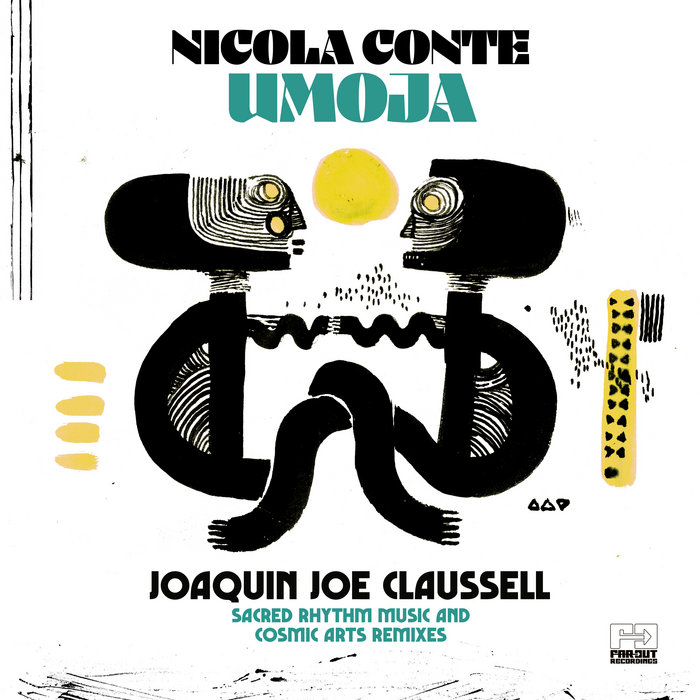
Umoja (Joaquin Joe Claussell Sacred Rhythm Music & Cosmic Arts Remixes) – Nicola Conte
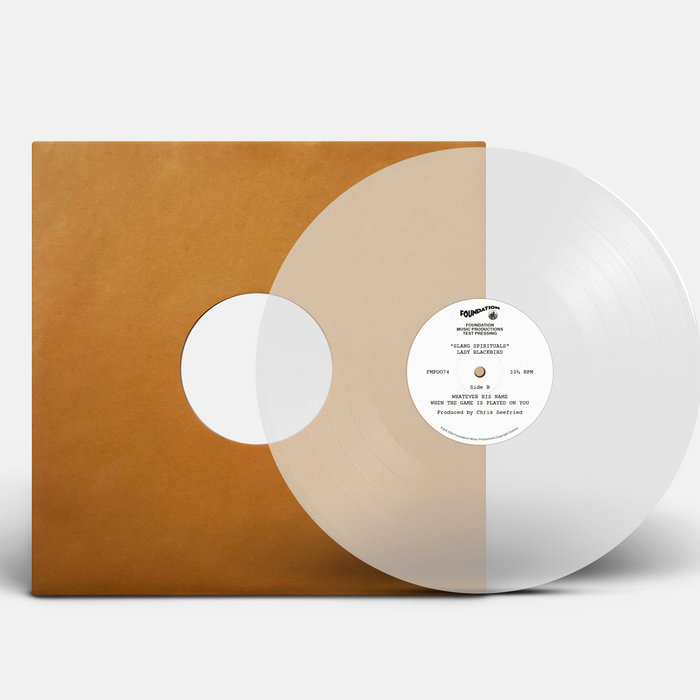
Slang Spirituals 12" Clear Vinyl – Lady Blackbird
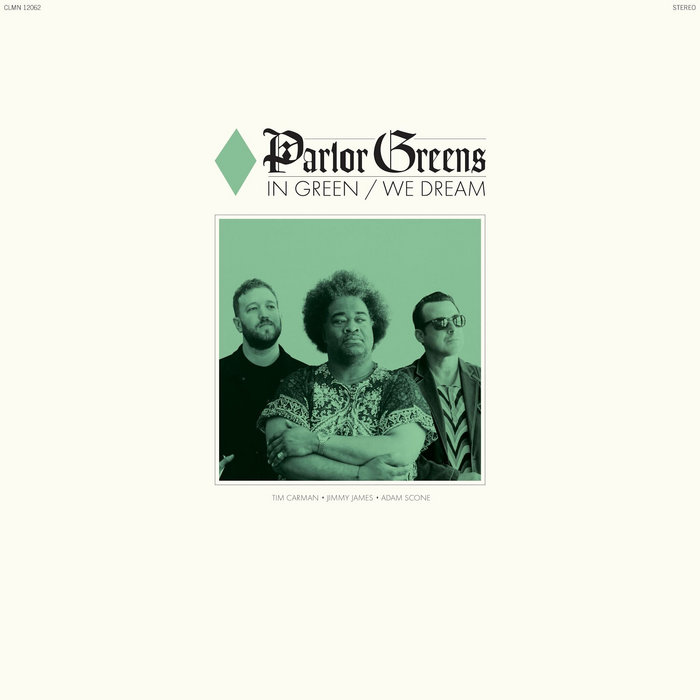
The Ripper – Parlor Greens
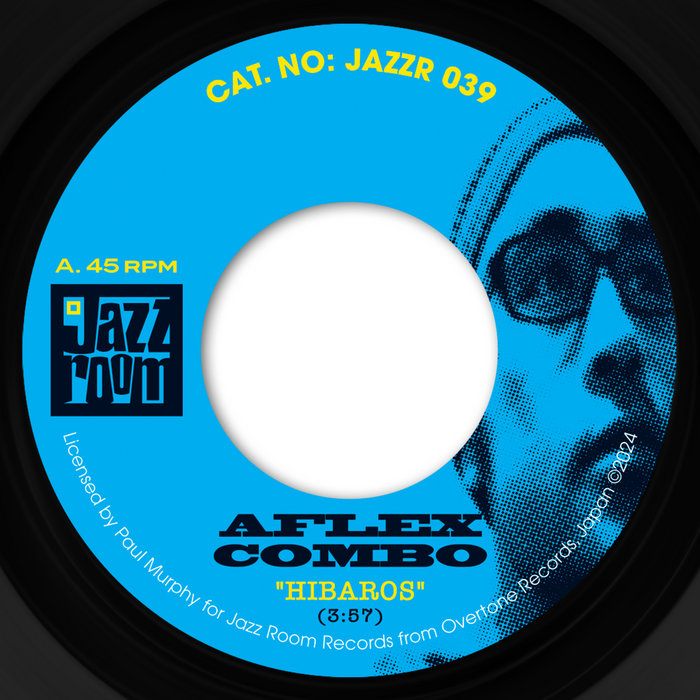
Something Blue – Aflex Combo
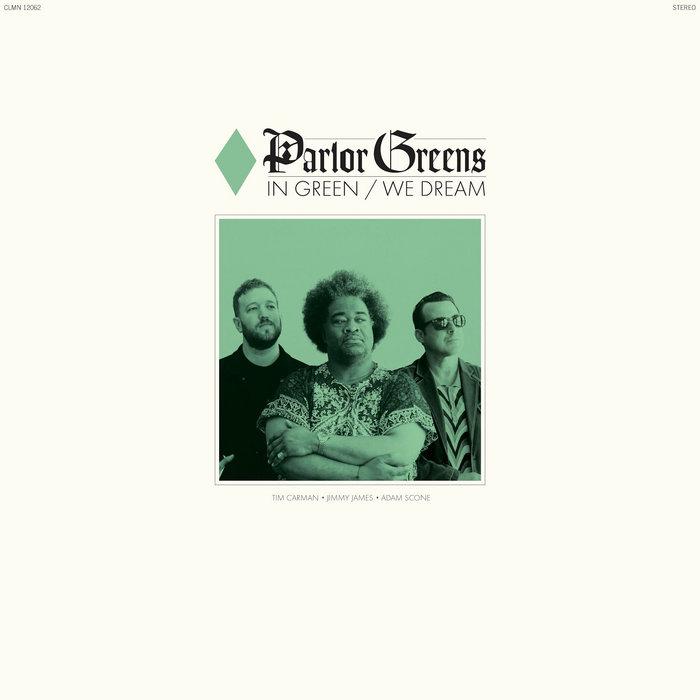
In Green We Dream – Parlor Greens

Slick – Fat Produce